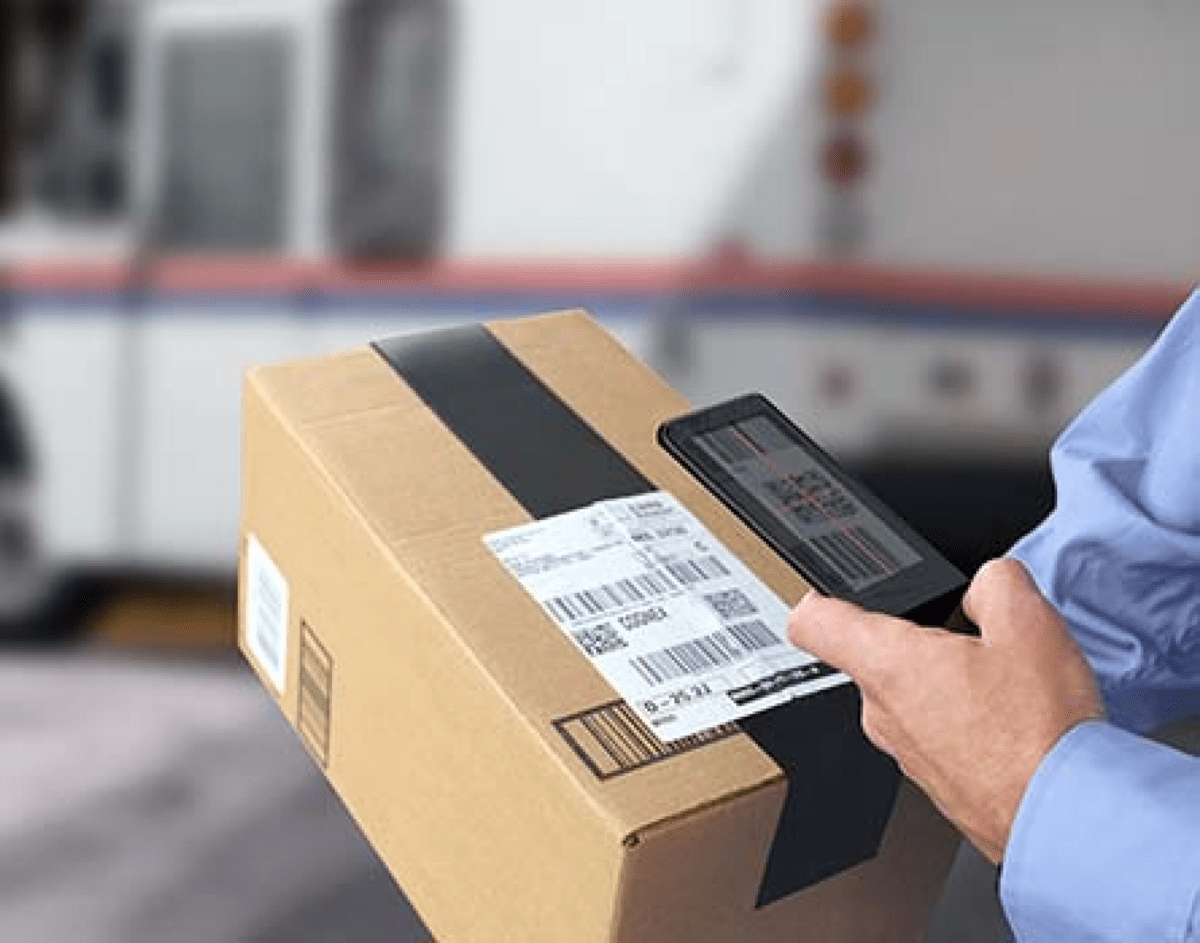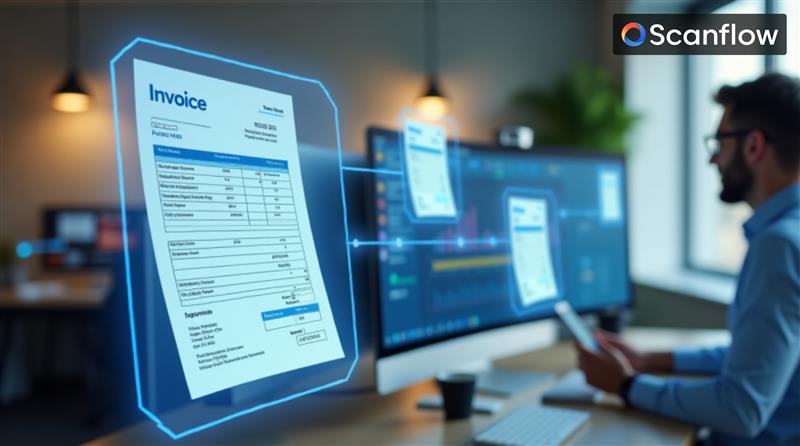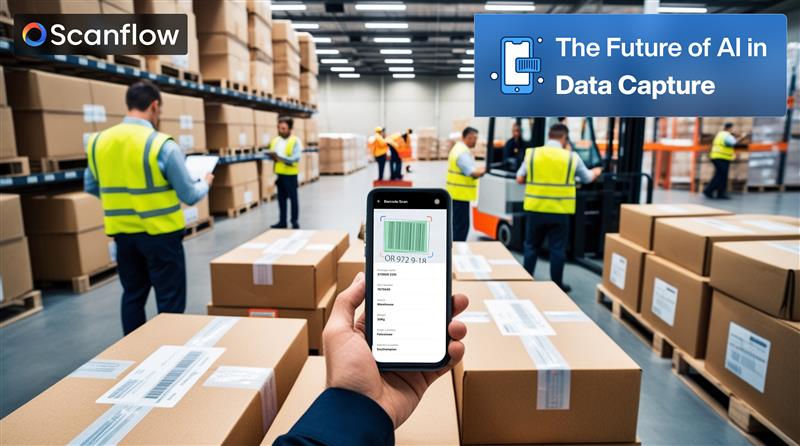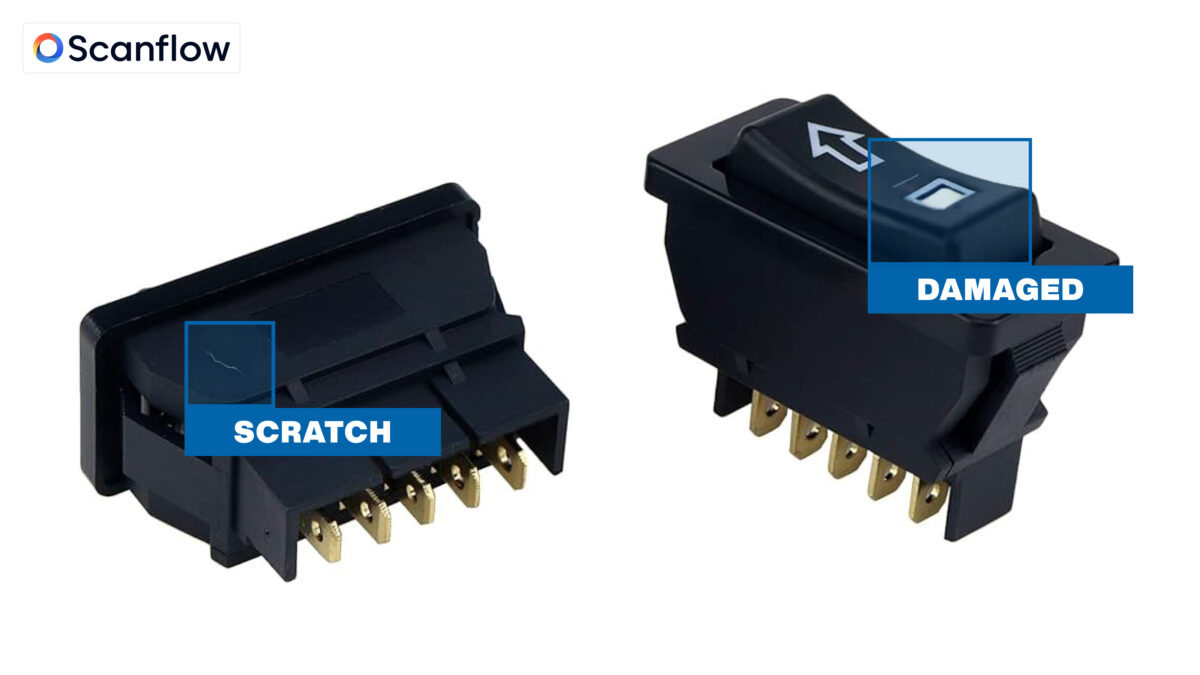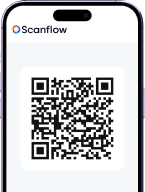In the fast-paced digital era, businesses are constantly seeking innovative ways to streamline their processes and boost productivity. Data capture has witnessed remarkable progress with automation technologies. The days of manual data entry and time-consuming processes have gone and today, cutting-edge advancements have revolutionized data capture, significantly reduced errors and enhancing efficiency.
Let’s now explore five key advancements in scanning and automation technologies that have transformed the way businesses handle data.
The invention of barcodes revolutionized various industries, offering an efficient and standardized way to encode information on products and packages. Barcodes have become an integral part of retail, logistics, transport, manufacturing, healthcare, and numerous other sectors. However, advancements in technology have led to smarter barcode scanning applications that have completely transformed data capture processes, making them faster, more accurate, and highly efficient.
Moreover, some advanced smart scanning applications incorporate augmented reality (AR) features. These AR capabilities allow users to overlay digital information, such as SKU-level insights or real-time data, directly on the device screen. For example, when scanning a product, the application can display detailed information about that item, including its price, stock level, and even related product recommendations. This real-time data empowers users to make informed decisions quickly and efficiently.
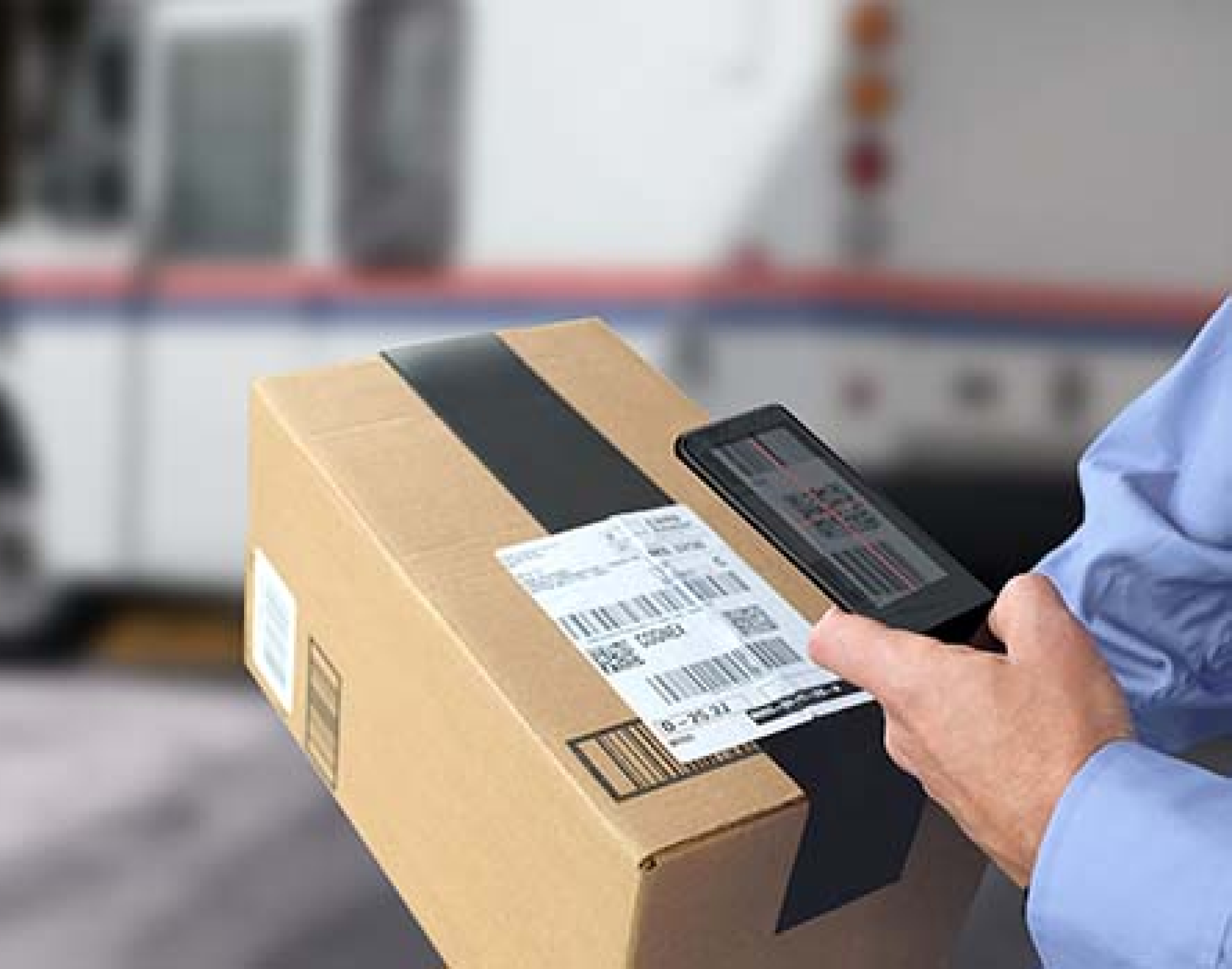
Smart barcode scanning applications are their ability to enhance picking processes in warehouses and distribution centers. With these applications, workers can instantly pick a single product out of many without the need for laborious manual scanning or searching through shelves. This improves order accuracy, reduces fulfillment time, and boosts customer satisfaction.
From retail to logistics and manufacturing to healthcare, the impact of these applications is felt across various industries, streamlining workflows and enhancing operational efficiency. As technology continues to advance, we can expect even smarter and more sophisticated barcode scanning solutions to further transform the way businesses handle data capture and information management.

ID scanning software is a powerful tool that automates the process of capturing and extracting data from various identification documents, such as driver’s licenses, passports, ID cards, and visas. This software leverages advanced technologies like Optical Character Recognition (OCR), Machine Learning, and Natural Language Processing (NLP) to accurately recognize and extract information from these documents.
Document Recognition: ID scanning software is designed to recognize different types of identification documents, ensuring it can handle a wide range of formats and layouts.
Age Verification: For businesses that require age verification for age-restricted products or services, ID scanning software can automatically validate the age of the individual against the legal criteria.
Expiry Date Check: The software checks the expiry date of the ID document, ensuring that it is valid and not expired.
Cross-Checking Data: ID scanning software can cross-check the extracted data against other databases or watchlists to identify potential risks or flagged individuals
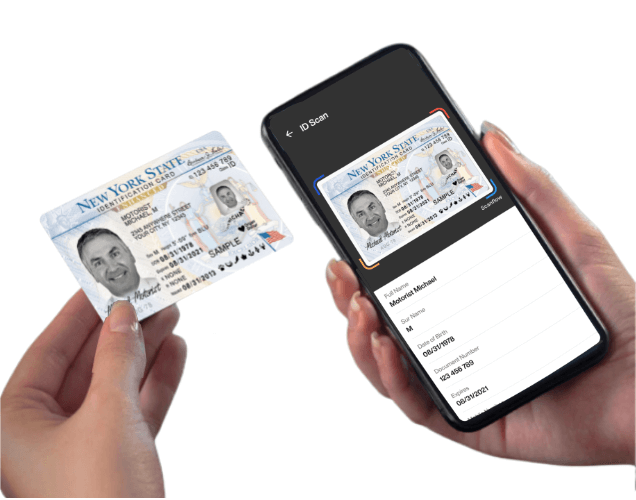
Age-Restricted Sales: Retailers and businesses selling age-restricted products like alcohol, tobacco, or adult content use ID scanning software to verify the age of customers before making a purchase.
Financial Institutions: Banks and financial institutions use ID scanning software to verify customer identities during account openings and transactions to prevent fraud.
Healthcare: Healthcare providers can use ID scanning software to verify patient identities during check-ins and appointments, ensuring accurate medical records and reducing errors.
ID scanning software automates the data capture process, reducing the need for manual data entry and significantly speeding up identity verification and document process.The streamlined verification process with ID scanning software results in a smoother and more seamless customer experience, leading to increased customer satisfaction.
Optical Character Recognition (OCR) has been around for some time, but recent advancements have taken it to new heights. OCR technology can now accurately recognize printed and even handwritten text, converting scanned documents into editable and searchable digital formats. Thanks to machine learning algorithms, OCR software can adapt to different fonts, languages, and writing styles, increasing accuracy and reducing the need for manual intervention. This advancement has greatly improved data extraction from invoices, receipts, forms, and various other documents, saving organizations valuable time and resources.
Multilingual Support: OCR has expanded its language support, catering to a vast array of languages from around the world. With advancements in character recognition techniques and language modeling, can accurately process documents written in various scripts, including Latin, Cyrillic, Chinese, Japanese, Arabic, and more. This multilingual support is invaluable for businesses and organizations operating globally, facilitating seamless data capture and communication across different languages.
Real-time OCR on Mobile Devices: The proliferation of smartphones and tablets has led to a demand for real-time OCR capabilities on mobile devices. Advances in mobile computing power and OCR algorithms have made it possible for OCR applications to run directly on mobile devices, allowing users to instantly extract text from images taken with their device’s camera.
Natural Language Processing (NLP) is a branch of AI that enables machines to comprehend and analyze human language. NLP has opened new avenues for data capture by allowing systems to extract information from unstructured text sources like emails, chat logs, and social media posts. By using NLP algorithms, businesses can collect valuable insights from customer interactions, feedback, and market trends. This technology empowers companies to make data-driven decisions and gain a competitive edge.
The continuous advancements in scanning and automation technologies have reshaped data capture processes and propelled businesses toward greater efficiency and accuracy. By embracing these innovations, it minimizes manual errors and improves data quality but also empowers organizations to focus on strategic decision-making and customer-centric initiatives. As technology continues to evolve, further enhancements in data capture will emerge, simplifying complex workflows and propelling businesses into a brighter, data-driven future.
Empower your business with smart data capture – Connect with us today! ScanFlow – AI Scanner on Smart Devices for Data capture and Workflow Automation
3 Mins read
